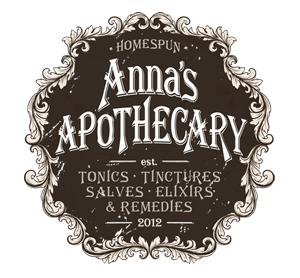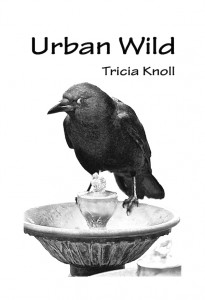Browsing the new books at Timber Press this winter, I found a fix for my garden longings–Air Plants by Zenaida Sengo. As a fan of the horticulturally unusual, I’m attracted to these spiky-sculptural plants. (Carnivorous plants also turn me on, and the undersea creature look of succulents mesmerize me.) The tallandsias we usually see at the nursery can be quite small, miniature marvels if you will, and the fact that they don’t require soil gives them the ability to go anywhere there’s good light. Pictures in the book show them wired to screens and collected in frames, dangling artfully from fishing line, in sand terrariums surrounded by gleaming quartz and fluorite. This was exactly what I needed: plants, creativity, and FUN.
A confession: I’ve bought a few tillandsias over the years, but none lasted. Contrary to my life’s work and passion, I am not a natural green thumb–all my plant successes have been hard won, with many casualties along the way. In this book I knew I’d find expert advice to remedy my failing. I sat down to read Air Plants, and I read it straight through in one sitting. (You know it’s good when that happens).
The author of Air Plants, Zenaida Sengo, is a long time tillandsia guru at Flora Grubb Gardens in San Francisco. As an artist who fell in love with horticulture, this book is a perfect combination of her know-how and flair in both disciplines. It’s also a very beautiful book, thanks in large part to the talent of photographer Caitlin Atkinson.
I learned (in some cases, relearned), my air plant ABCs: that tillandsias are epiphytes (plants that anchor on other plants), but that they’re not parasitic, and they are of the family Bromeliaceae, kissing cousins to the bromeliads. Air plants come in two general types; xeric, those that can survive on less water, and mesic, those that need more moisture as they come from areas with moderate to ample rainfall. You can easily tell the difference between the two by their appearance: xeric tillandsias, like other xeric plants, have moisture-retaining leaves (called trichomes) that are more feathery or hairy in appearance, and this gives them a white, gray, or silvery color. Mesic tillandsias have smoother “slicker and greener” trichomes, because in their natural habitat, finding water is not an issue. Reading about their water requirements, I found out why my air plants had died. While I had been told “a dunk in a container of water once a week” would be sufficient, in Sengo’s book it says a soaking of 1-2 hours might be more desirable, up to 5 hours if the plant exhibits curved, dehydrated leaves. In Colorado’s dry climate, these plants need to be soaked. You can also hydrate air plants by misting them a few times a week (if they’re xeric, the mesic require more) or by holding them under a faucet for a couple of times a week.
Those details will enable me to do right by my tillandsias next time. And there will be a next time, as I started hunting for specimens immediately upon finishing this book. That’s how inspired I was. Come to me tillandsias, I won’t hurt you ever again! The book is filled with exciting ideas for displaying these beauties in design and décor, and there are even crafts (I really liked the hair adornments). I’m thinking I’ll construct a screen structure that I can hang as an art object in our sunny east-facing dining room (perfect for winter interest), and I want to put together at least one “other worldy” terrarium.
To get a little glimpse of Senga’s air plant skills you can visit her website here (and here’s the page where the hair adornment is featured). And here’s the listing on Timber Press!
–Sandra Knauf



















